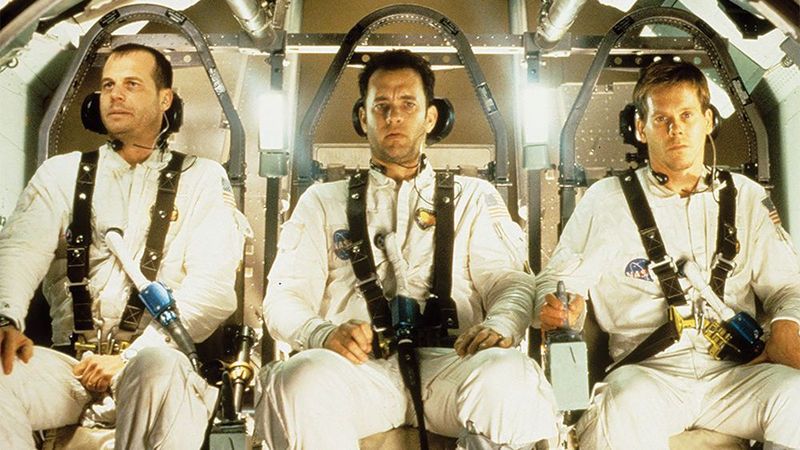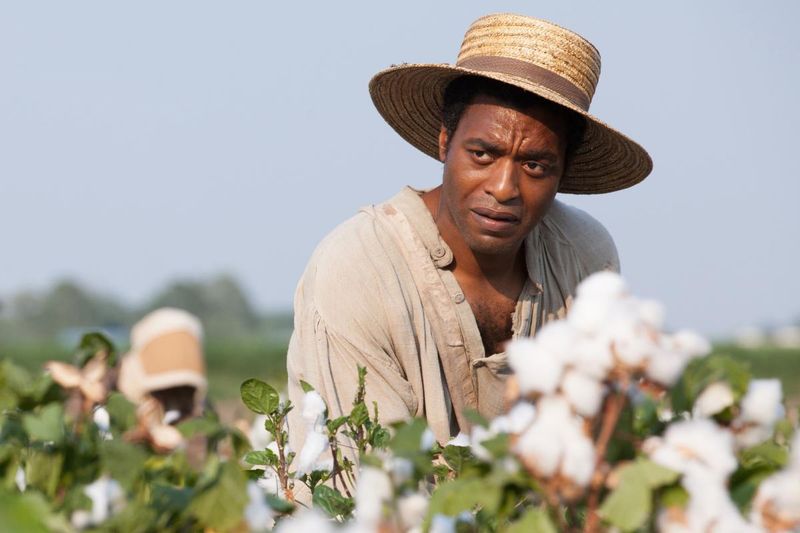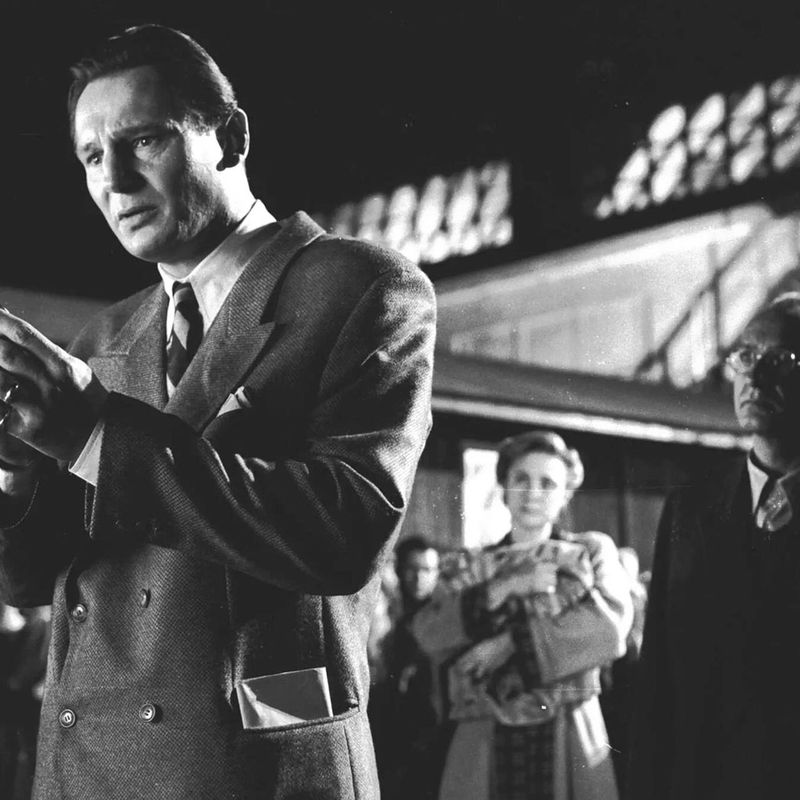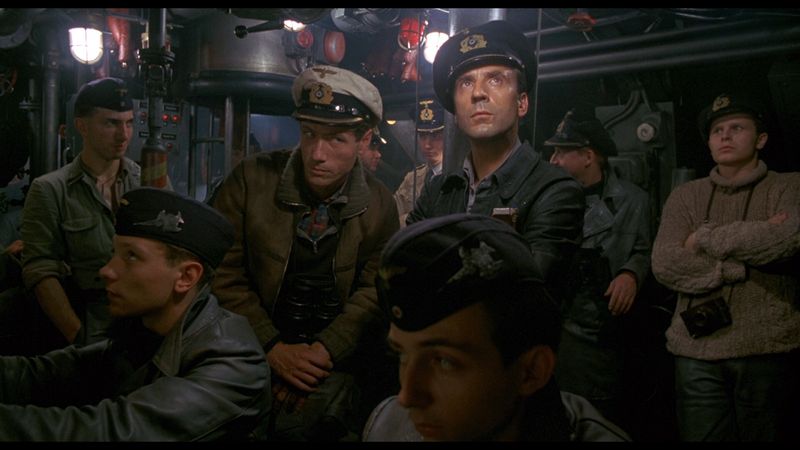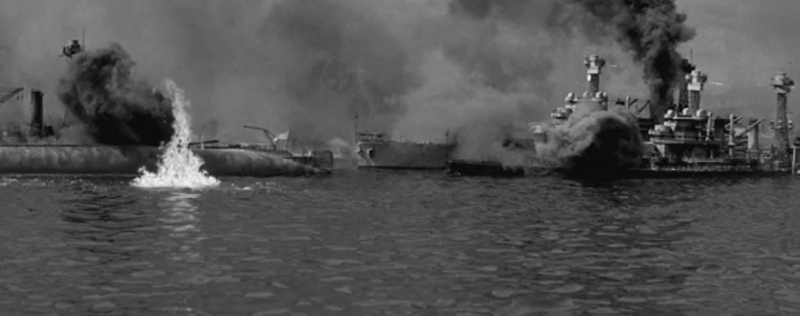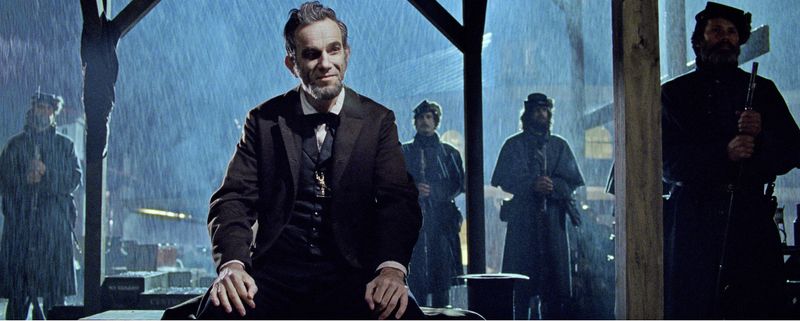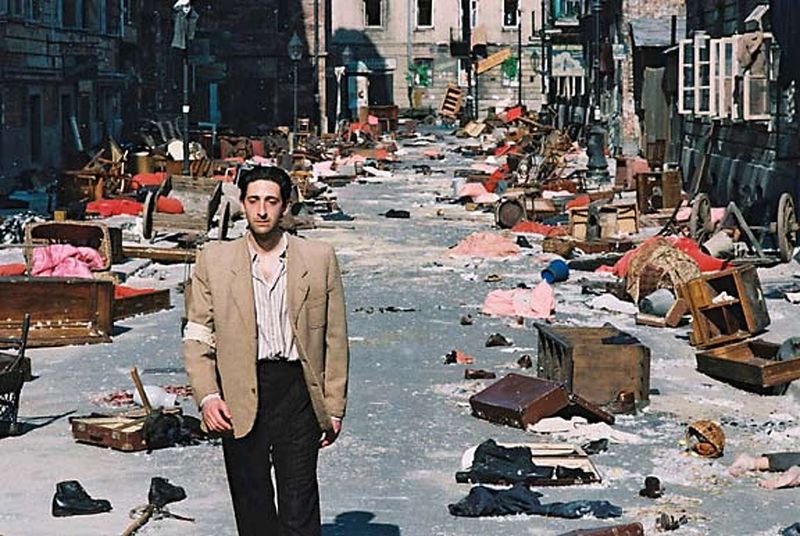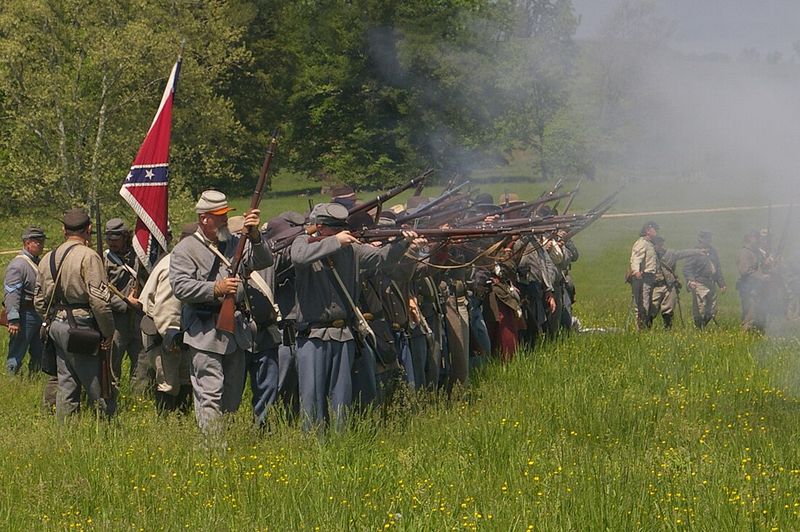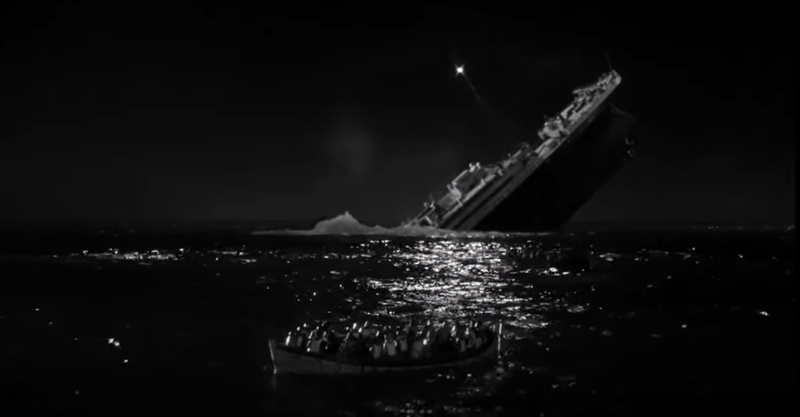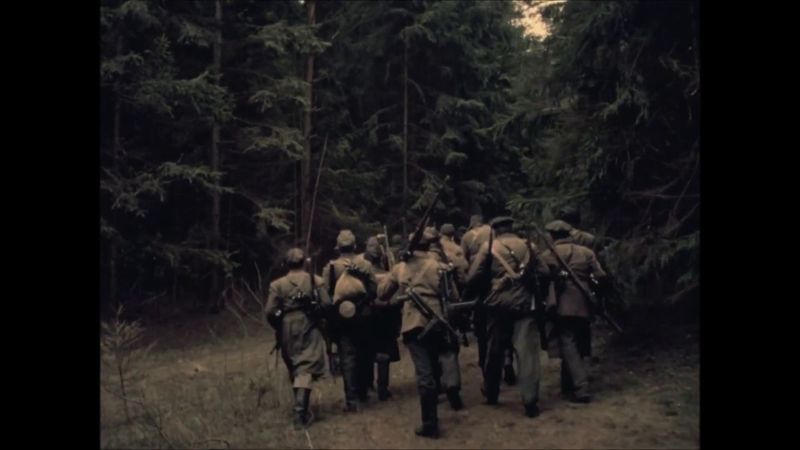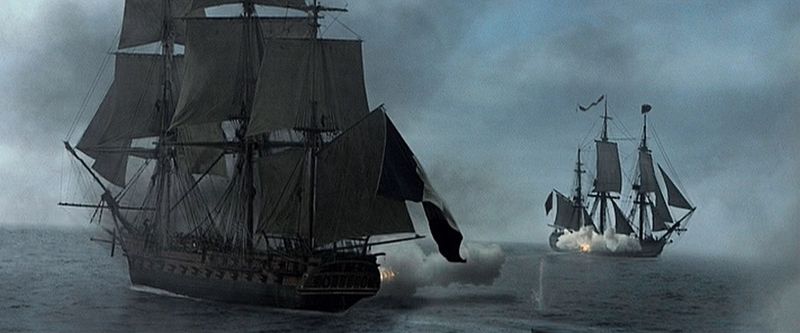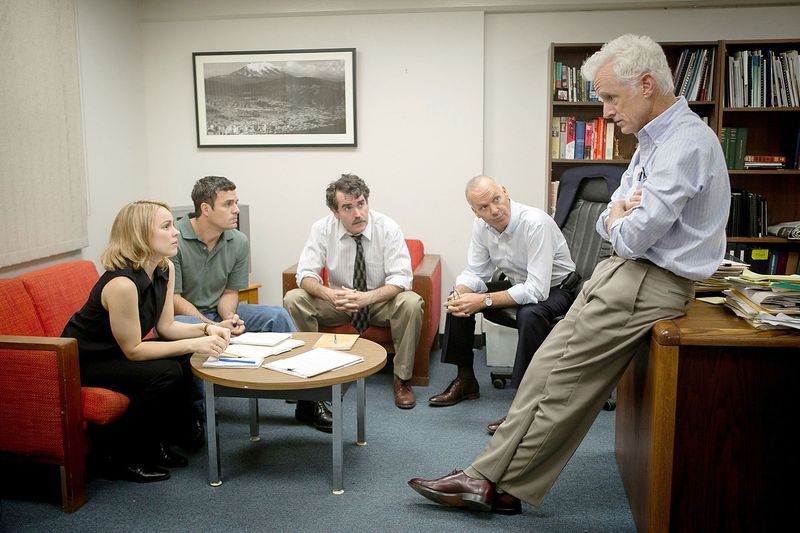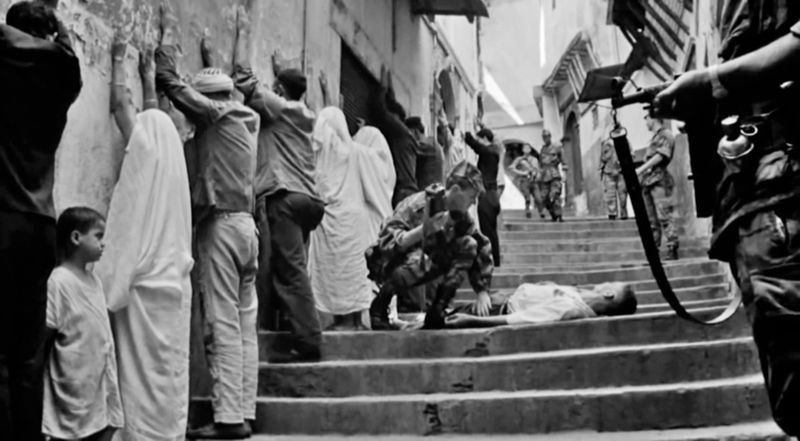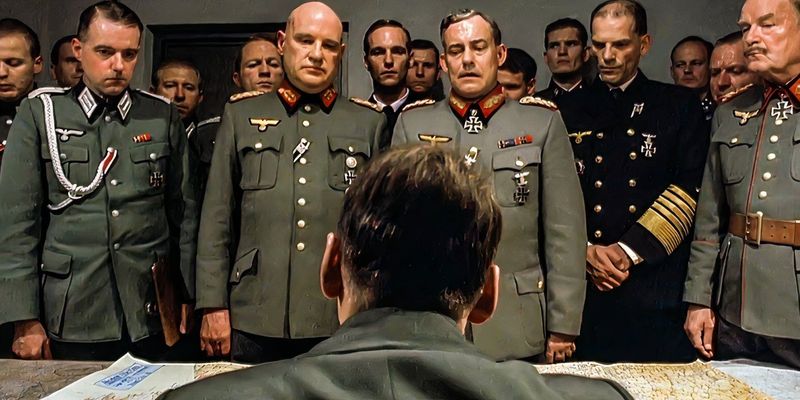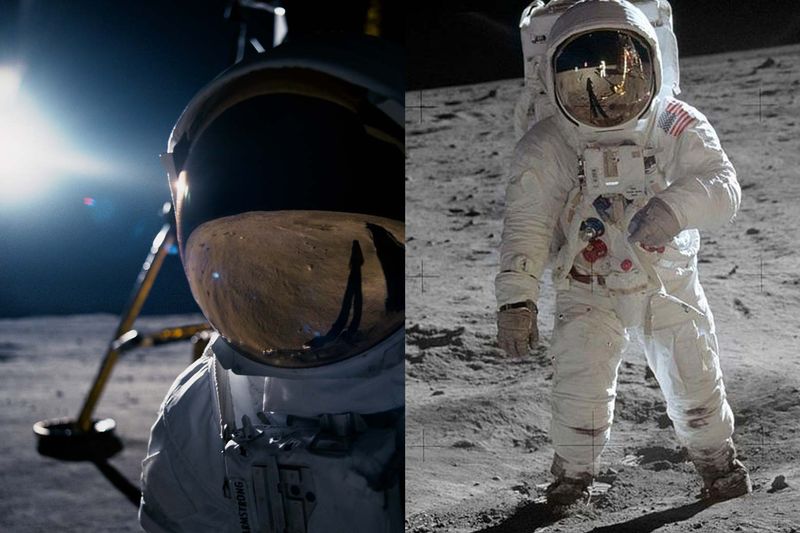Movies often bend history to make better stories, but some filmmakers go the extra mile to get things right. These special films use real locations, consult with experts, and study historical records to show us what really happened. From space missions gone wrong to the horrors of war, these movies prove that real history can be just as exciting as anything Hollywood could make up.
1. Apollo 13: When Failure Wasn’t an Option
Director Ron Howard transformed a potential space disaster into cinematic gold without sacrificing accuracy. NASA’s actual mission transcripts became dialogue, while the production filmed inside the KC-135 aircraft (nicknamed the “Vomit Comet”) to capture real zero-gravity footage instead of using special effects. Technical advisor and astronaut Dave Scott ensured everything from control panel switches to space procedures remained authentic. Even the spacecraft explosion was meticulously recreated based on NASA’s investigation findings. Tom Hanks and the cast underwent actual NASA training, learning to move and speak like astronauts. The famous line “Houston, we have a problem” is slightly different from the real transmission, but that’s a rare creative liberty in this remarkably faithful retelling.
2. 12 Years a Slave: Unflinching Truth
Based on Solomon Northup’s 1853 memoir, this film refuses to soften slavery’s brutal realities. Director Steve McQueen consulted historians to accurately portray the cotton harvesting techniques, slave markets, and punishment methods of the 1840s American South. The production team rebuilt plantation houses using period-appropriate materials and techniques. Chiwetel Ejiofor’s performance captures Northup’s documented personality traits – his dignity, musical talent, and resourcefulness that helped him survive twelve years of captivity. Even small details matter here: the film shows the correct clothing fabrics, tools, and speech patterns of the era. McQueen’s documentary-like approach presents slavery without Hollywood sanitization, making it a powerful historical document.
3. Schindler’s List: Memory in Black and White
Spielberg’s Holocaust masterpiece drew directly from survivor testimonies and historical records. The black-and-white cinematography wasn’t just artistic choice—it mirrored actual documentary footage from the era, creating an immediate sense of historical authenticity. Filming in Kraków’s actual locations, including parts of the real ghetto and Płaszów concentration camp, grounded the movie in physical reality. Many scenes precisely recreate photographs from the period, down to the positioning of Nazi officers during liquidation sequences. Liam Neeson studied rare footage of Oskar Schindler to capture his mannerisms and charm. The list of saved Jews shown at the film’s end contains the actual names of Schindler’s workers, connecting the film directly to the people whose lives were preserved through his actions.
4. Das Boot: Claustrophobia and War at Sea
Wolfgang Petersen’s submarine thriller achieves remarkable authenticity through its confined setting. The filmmakers built a full-scale replica of a Type VIIC U-boat that perfectly matched original blueprints, creating the cramped quarters where actors lived during filming to experience genuine submarine claustrophobia. Technical advisor Lothar-Günther Buchheim, who served on U-96 during WWII, ensured everything from diving procedures to battle stations reflected actual German naval protocols. The film captures the tedium of patrol duty punctuated by moments of terror—a reality documented in wartime submarine logs. Even the sounds are historically precise: the ping of sonar, the creaking hull under pressure, and the distinct noise of depth charges. The film shows both the technical aspects of submarine warfare and its psychological toll with documentary-like precision.
5. Tora! Tora! Tora!: The Attack from Both Sides
This groundbreaking Pearl Harbor film employed separate Japanese and American production teams to ensure balanced historical perspective. Japanese directors Kinji Fukasaku and Toshio Masuda worked alongside American Richard Fleischer, consulting military advisors from both nations to recreate the December 7, 1941 attack with unprecedented accuracy. The production built full-scale replicas of battleships and used actual military bases for filming. Japanese scenes were shot in Japanese with subtitles—unusual for 1970—to preserve cultural authenticity. Military historians praise the film’s meticulous recreation of command decisions, communication failures, and tactical maneuvers. Unlike later Pearl Harbor films, Tora! Tora! Tora! avoids romantic subplots and fictional characters, focusing instead on the documented strategic miscalculations that allowed the surprise attack to succeed.
6. Lincoln: Politics and Personality
Spielberg’s presidential portrait focuses on the political maneuvering behind the 13th Amendment rather than battlefield glory. Daniel Day-Lewis transformed himself completely, adopting Lincoln’s documented high-pitched voice—a historical detail most films ignore—and studying period photographs to perfect the president’s distinctive gait and posture. The production recreated 1865 Washington with stunning precision. The Capitol building appears with its dome still under construction, exactly as it was during Lincoln’s final months. Even the ticking of Lincoln’s actual pocket watch was recorded and used in the soundtrack. Congressional debates in the film use verbatim transcripts from the Congressional Globe, the official record of proceedings. Historians particularly praise the film’s nuanced portrayal of 19th-century political horse-trading, showing how idealism required practical compromise to achieve lasting change.
7. The Pianist: Survival in Warsaw
Roman Polanski’s personal experience as a Holocaust survivor infuses this adaptation with haunting authenticity. The film follows Władysław Szpilman’s memoir almost scene for scene, including the German officer who ultimately spared his life—a controversial but documented act of humanity amid overwhelming brutality. Filming in Warsaw’s actual locations where events occurred adds visual accuracy. Adrien Brody lost 30 pounds and learned to play Chopin precisely as Szpilman would have, making his performance physically and musically authentic. The gradual degradation of the Warsaw Ghetto follows historical progression exactly: from initial restrictions to starvation to mass deportations. Unlike many Holocaust films, The Pianist doesn’t create artificial hope or heroism, instead showing survival as it really was—random, precarious, and dependent on small moments of luck amid systematic destruction.
8. Gettysburg: The Decisive Battle Recreated
Filmed on the actual Pennsylvania battlefield where 50,000 men fell in July 1863, this epic achieves rare tactical accuracy. Thousands of Civil War reenactors brought their own historically verified uniforms and equipment, creating massive battle scenes that precisely follow documented troop movements. The production meticulously recreated key moments like Pickett’s Charge and Joshua Chamberlain’s bayonet charge at Little Round Top based on battlefield reports and survivors’ accounts. Even the weather conditions match those recorded during the actual three-day battle. Military historians praise the film’s accurate portrayal of Civil War command structures, battlefield communications, and period-specific combat tactics. The dialogue incorporates actual letters and speeches from historical figures, including Colonel Chamberlain’s documented words to his Maine regiment before their famous defensive stand.
9. A Night to Remember: The Titanic’s Final Hours
This 1958 classic remains the most accurate portrayal of the Titanic disaster, despite being made decades before the wreckage was discovered. Based on Walter Lord’s meticulously researched book, the film interviewed 63 survivors to capture precise details about the ship’s final hours. The production recreated the Titanic’s interiors using the original blueprints from Harland and Wolff shipyard. Class distinctions that determined survival rates are shown without Hollywood embellishment—third-class passengers really were kept below decks as lifeboats launched half-empty. The film accurately portrays historical figures like Captain Smith and the band that played until the end. Even small details ring true: the ship broke in two (confirmed when the wreck was found in 1985), and the band’s final song was likely “Nearer, My God, to Thee”—both facts verified by survivor accounts.
10. Come and See: War Without Glamour
This Soviet film depicts Nazi atrocities in Belarus with documentary-like intensity that most war films avoid. Director Elem Klimov interviewed survivors of village massacres and partisan fighters to recreate events exactly as they occurred, without Hollywood heroics or redemptive narratives. The production used no artificial lighting, only actual locations where massacres took place. Young actor Aleksei Kravchenko experienced real psychological distress during filming, his transformation mirroring actual trauma documented in wartime photographs of children. German dialogue was left untranslated to maintain the bewildering experience of Belarusian villagers. The film’s title comes from the Book of Revelation, reflecting the apocalyptic nature of the Eastern Front where over 600 Belarusian villages were completely destroyed—a historical fact that remains less known than Western Front narratives.
11. Master and Commander: Naval Warfare Perfected
Though its plot combines several Patrick O’Brian novels, Peter Weir’s nautical epic achieves remarkable historical authenticity. Naval historians praise its accurate portrayal of early 19th-century ship operations, from the precise way sailors handle ropes to the complex hierarchies of command aboard HMS Surprise. The production built a full-scale replica sailing vessel that actually worked, training actors in period-specific sailing techniques. Medical scenes show historically accurate surgical procedures and instruments, while the sounds of creaking wood and canvas come from actual period ships. Even the dialogue avoids modern phrases, instead using naval terminology and speech patterns documented in journals from the Napoleonic Wars. The film captures the isolated world of naval life where ships could be at sea for years, creating their own societies governed by traditions now long forgotten.
12. Spotlight: Journalism in Action
This portrayal of the Boston Globe’s investigation into clergy sexual abuse prioritizes procedural accuracy over drama. The actual journalists served as consultants, ensuring that investigative methods—from courthouse document searches to doorstep interviews—reflect real reporting techniques. The production recreated the Globe’s Spotlight office to exact specifications, down to the clutter on desks and the newspaper’s database interface. Actors studied recordings of the real reporters to capture their mannerisms and interview approaches. Unlike typical Hollywood journalism films, Spotlight shows the tedium of real investigation: spreadsheets, document verification, and source confirmation. The timeline follows the actual investigation without artificial deadline pressure or dramatic confrontations. Even small details ring true: the reporters use the specific brands of notebooks and pens favored by Boston Globe staff in 2001.
13. The Battle of Algiers: Revolution Documented
Shot just four years after Algerian independence, this revolutionary film blurs the line between drama and documentary. Director Gillo Pontecorvo cast actual FLN fighters and French paratroopers who had participated in the conflict, creating scenes where people reenacted events they had personally experienced. Filming occurred in the exact Casbah locations where bombings and raids had taken place. The production used no professional actors, no artificial lighting, and documentary-style handheld cameras to maintain authenticity—techniques so effective that the film begins with a disclaimer stating no documentary footage was used. The French military studied this film for its accurate portrayal of urban guerrilla tactics and counterinsurgency methods. Its unflinching depiction of torture by French forces and terrorism by Algerian revolutionaries presents both sides without moral simplification, showing the brutal reality of colonial conflict.
14. Downfall: Hitler’s Final Days
This German film broke taboos by portraying Hitler as human while never minimizing his monstrous nature. Based primarily on the memoir of Hitler’s secretary Traudl Junge, the production recreated the Führerbunker to exact specifications, including the claustrophobic rooms where Nazi leadership spent their final days. Bruno Ganz studied rare recordings of Hitler’s natural speaking voice (different from his public speeches) and consulted medical records describing his Parkinson’s-like symptoms. The film accurately shows Hitler’s deteriorating health, paranoid rants, and delusional military orders documented by multiple witnesses. German historians praise the film’s unflinching portrayal of Nazi leadership—from Goebbels’ murder of his own children to Eva Braun’s bizarre cheerfulness amid collapse. The timeline follows documented events hour by hour, showing both the bunker’s isolation and Berlin’s destruction above ground.
15. First Man: One Small Step
Damien Chazelle’s Neil Armstrong biopic eschews patriotic mythology for technical precision. The film consulted NASA archives and Armstrong’s family to capture both the engineering challenges and the emotional toll of the space race. The production built full-scale spacecraft replicas with functioning control panels matching original designs. The lunar landing sequence uses no CGI backgrounds—instead filming with LED screens projecting images based on lunar reconnaissance photographs for perfect lighting conditions. Ryan Gosling studied hundreds of hours of Armstrong footage to capture his reserved personality and specific walking gait in a spacesuit. The film accurately portrays the deafening noise and violent vibrations of early spaceflight that most movies sanitize. Even Armstrong’s famous “one small step” line is delivered with the same slight pause documented in the actual transmission from the lunar surface.

